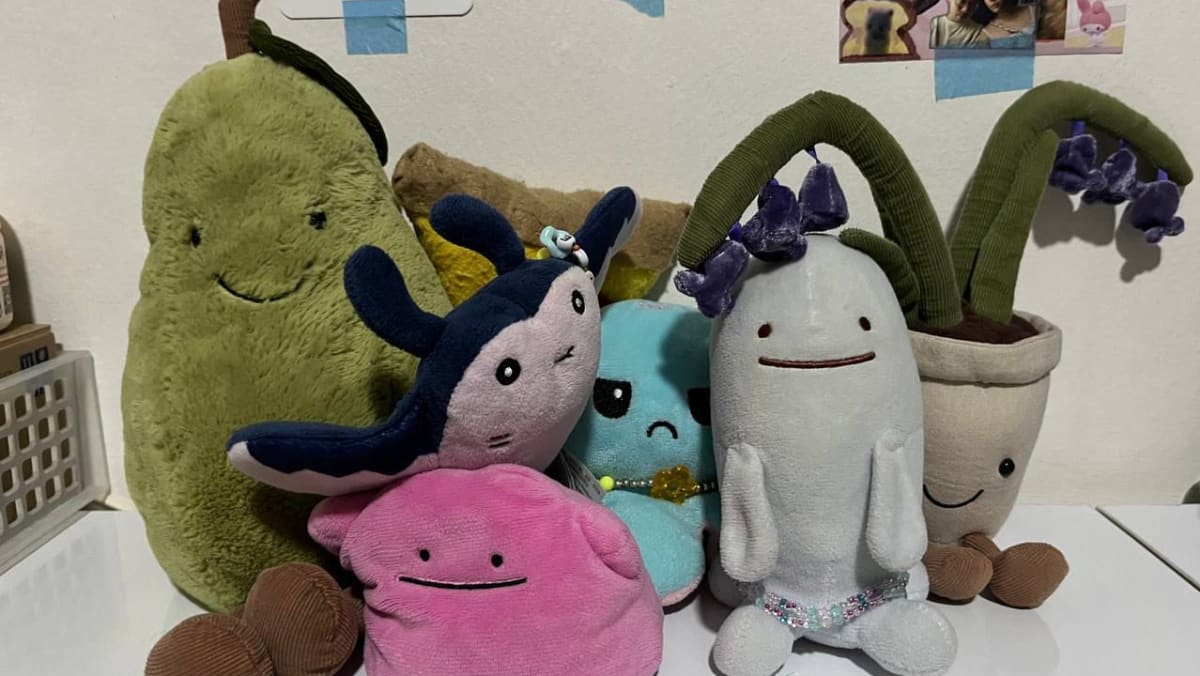This behaviour is also linked to “recessionary comfort buying”, where familiar childhood icons are “reintroduced as premium or limited-edition collectibles, often marketed towards the now-adult fanbase”, added David Lee, a lecturer in design communication at LASALLE.
“Think of how Hello Kitty, Pokemon, Tamagotchi and Beanie Babies were massive in the late ‘90s and early 2000s. Now we see similar hype around Pop Mart’s Hirono blind box series or the luxe plush toy offerings of Jellycat.”
SHIFT IN VISUAL MERCHANDISING
With the growing kidult demographic, the retail experience is likely to evolve as well – from pop-ups like Jellycat’s in London to store revamps – as brands adapt to thrive.
A traditional toy store may now be increasingly seen as “a lifestyle or pop culture destination”, like Pop Mart’s flagship store at ION Orchard, rejuvenating the children’s toy industry “in a more inclusive way”, observed Shannon Sim, programme leader for the bachelor of arts in fashion media and industries at LASALLE.
Toys R Us Singapore has also “strategically reimagined” outlets to focus on experiential retail in the last few years. These “next-gen” concepts prioritise “interactive engagement, immersive zones and curated assortments tailored to the changing expectations of customers”, said Adelene Teo, general manager for Singapore, Brunei and Thailand.
At the VivoCity, Paragon and Jewel Changi Airport stores, for instance, blind boxes have been repositioned to greet customers at the store entrance – to everyone’s delight.
“Far from being a passing trend, the kidult market is here to stay. This demographic now represents a growing percentage of our sales. Our early successes – such as the strong performance of blind boxes, exclusive collectibles and interactive in-store experiences – are clear indicators of this sustained interest,” added Teo.

